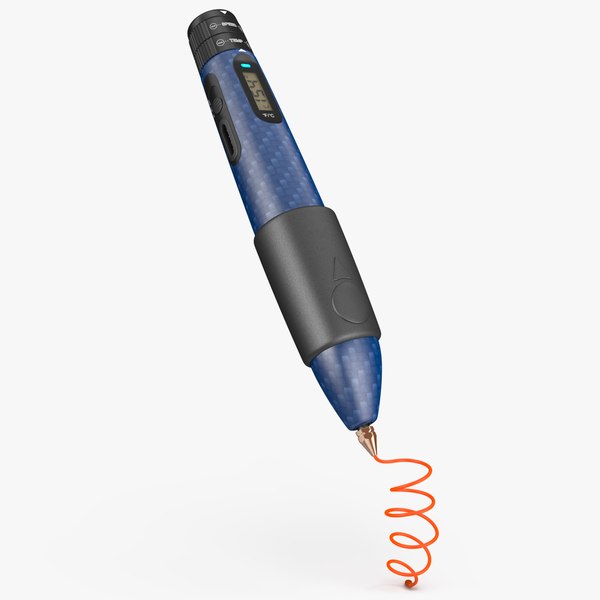Electrical engineers and technicians often use breadboards for prototyping and testing circuit designs. Breadboards are sometimes plastic plates with grids of spring-loaded receiving holes for inserting wires and parts. While breadboards are great for rapidly mocking up circuit layouts, they’ve a number of drawbacks. They are giant, so they easily don’t fit into mechanical housings. They will get cluttered, which makes it troublesome to chase down defects on complex layouts. Since they aren’t soldered, they’re additionally not very robust. For these reasons, designers are often desirous to have Printed Circuit Boards (PCBs) manufactured as early within the design process as doable. A PCB is a flat board with conductive traces referred to as traces on its floor PCBA for electrically connecting electronic parts and elements. Unfortunately, between tooling costs, high prices for low portions, slow turnaround occasions and limits in redesign flexibility, a small manufacturing run for a PCB may be prohibitive. In consequence, some designers have turned to milling their very own PCBs using in-house, engraving CNC machines. To be able to mill a pcb assembly, a wiring diagram should first be translated right into a CAD mannequin. Since CAD modeling is a crucial step in product design, creating fashions early is a superb habit for product growth. Next, these fashions need to be translated to the CNC programming language G-code with a CAD/CAM translation software. Once the G-code is generated, you might be ready to mill a circuit board. There are some things to remember when milling PCBs. Drill, Mill, Cut: There are three processes for making a PCB. First vias (holes for elements) are drilled. Second, the clearances for the traces are milled. Finally, the board is reduce to shape. Tooling: Each course of ought to use the appropriate tools. Drills for PCB board holes; endmills, both sq. or v-tipped, for trace clearances; and endmills for shaping. For those who have any concerns concerning where in addition to how you can use Pcba cheap, it is possible to email us from our own web site. Machine Performance: There are a variety of small CNC machines available on the market with significant differences in constructed quality. Some are preassembled, whereas others require assembly on-site. The stiffness and construct quality of the machine will dictate how accurately and precisely it mills. A lower-high quality machine does not essentially mean it can’t be used for prototyping PCBs, it simply means you might need to account for larger trace clearances, use deeper cuts or use bigger tooling. PCB Materials: Circuit boards include a copper layer bonded to a composite substrate that is often made from a flame-retardant material. FR-4 is considered one of the most well-liked substrates in use as we speak. It’s a glass-filed, epoxy resin. That glass fill makes the material extremely abrasive, which is able to result in quick device wear. Precautions should even be taken to avoid inhaling FR-four dust, which is hazardous to one’s well being. Finishing: The copper layer is liable to oxidization, which can diminish its electrical performance. So, once your PCB is milled and the elements are soldered in place, you will need to coat the copper. Luckily, a quick coat of nail polish can tackle this challenge. Occupied with milling your individual PCBs with a CNC machine? Give us a name or contact us on-line to seek out the machine that’s right for you immediately!
They are giant, so they easily don’t fit into mechanical housings. They will get cluttered, which makes it troublesome to chase down defects on complex layouts. Since they aren’t soldered, they’re additionally not very robust. For these reasons, designers are often desirous to have Printed Circuit Boards (PCBs) manufactured as early within the design process as doable. A PCB is a flat board with conductive traces referred to as traces on its floor PCBA for electrically connecting electronic parts and elements. Unfortunately, between tooling costs, high prices for low portions, slow turnaround occasions and limits in redesign flexibility, a small manufacturing run for a PCB may be prohibitive. In consequence, some designers have turned to milling their very own PCBs using in-house, engraving CNC machines. To be able to mill a pcb assembly, a wiring diagram should first be translated right into a CAD mannequin. Since CAD modeling is a crucial step in product design, creating fashions early is a superb habit for product growth. Next, these fashions need to be translated to the CNC programming language G-code with a CAD/CAM translation software. Once the G-code is generated, you might be ready to mill a circuit board. There are some things to remember when milling PCBs. Drill, Mill, Cut: There are three processes for making a PCB. First vias (holes for elements) are drilled. Second, the clearances for the traces are milled. Finally, the board is reduce to shape. Tooling: Each course of ought to use the appropriate tools. Drills for PCB board holes; endmills, both sq. or v-tipped, for trace clearances; and endmills for shaping. For those who have any concerns concerning where in addition to how you can use Pcba cheap, it is possible to email us from our own web site. Machine Performance: There are a variety of small CNC machines available on the market with significant differences in constructed quality. Some are preassembled, whereas others require assembly on-site. The stiffness and construct quality of the machine will dictate how accurately and precisely it mills. A lower-high quality machine does not essentially mean it can’t be used for prototyping PCBs, it simply means you might need to account for larger trace clearances, use deeper cuts or use bigger tooling. PCB Materials: Circuit boards include a copper layer bonded to a composite substrate that is often made from a flame-retardant material. FR-4 is considered one of the most well-liked substrates in use as we speak. It’s a glass-filed, epoxy resin. That glass fill makes the material extremely abrasive, which is able to result in quick device wear. Precautions should even be taken to avoid inhaling FR-four dust, which is hazardous to one’s well being. Finishing: The copper layer is liable to oxidization, which can diminish its electrical performance. So, once your PCB is milled and the elements are soldered in place, you will need to coat the copper. Luckily, a quick coat of nail polish can tackle this challenge. Occupied with milling your individual PCBs with a CNC machine? Give us a name or contact us on-line to seek out the machine that’s right for you immediately!

